Imaging inter - and intra-particle features in crystalline cathode materials for Li-ion batteries using nano-focused beam techniques at 4th generation synchrotron sources
Abstract
The necessity of mapping crystal defects in battery materials after synthesis is crucial in understanding heterogeneity within a single crystal domain and among particles to develop superior crystal quality materials. Numerous imaging techniques have been developed over the past years to study these materials at the nanoscale. However, most of them use electron beams which demand many hours of sample preparation, and they are incompatible with the investigation of batteries under realistic working conditions. Techniques such as Scanning X-ray Diffraction Imaging (Scanning X-ray Diffraction Microscopy) or Bragg Coherent Diffraction Imaging are increasingly available on the latest generation synchrotron sources. Their progressive deployment will allow for a standardized method for imaging crystal lattice imperfections such as lattice tilt and strain in individual particles without any prior sample preparation. In this paper, we exploited Scanning X-ray Diffraction Microscopy to probe the strain variation in single crystals and polycrystalline particles and Bragg Coherent Diffraction Imaging to reconstruct the volume of a single crystal particle. Presented case studies were performed on particles of different active cathode materials (
Keywords
INTRODUCTION
Large-scale electrification of the global economy requires cheap, efficient, and durable energy storage. The decreasing cost of high-performance lithium (Li)-ion batteries has generated widespread interest for applications that require far longer lifespans than typical consumer electronics. A wide range of characterization techniques are employed to systematically study and improve modern battery materials. Powder X-ray diffraction (PXRD) remains the most common method used to evaluate crystal quality in different battery components and in particular in cathode materials, while also being applicable for operando measurements for investigation of their structural evolution. However, this method yields, by definition, averaged information over a large number of crystals.
Structural heterogeneities present in primary particles such as lithiation irregularities, defects, grain boundaries and lattice misorientations are practically invisible during powder diffraction measurements. Such imperfections of the crystal lattice can be formed in the particles either during the synthesis or as a result of long-term cycling and are considered to be an important aspect affecting the electrochemical performance and stability of the material[1,2]. High variation of lattice quality among different particles in the cathode can also explain the reported discrepancy of electrochemical results between different studies. This underlines the importance of careful crystal quality assessment after synthesis and its monitoring during long-term cycling on different scales for a more holistic understanding of battery systems. However, directly measuring device aging performance of different active materials is extremely slow and expensive; therefore, heuristic tools that can predict aging performance from microstructure would be a valuable asset.
Structural differences among various particles, e.g., the inter-particle lithiation heterogeneity, also remain mostly unaccounted for in powder diffraction techniques and require the use of specialized techniques. For example, such studies of inter-particle structural heterogeneity using X-ray diffraction (XRD) and spectroscopy techniques can uncover previously unaccounted features of phase transformations[3] and correlate crystallographic heterogeneity with the structural degradation among different particles[2].
There are several microscopy techniques that allow for imaging of battery materials with a single crystal spatial resolution. X-ray microscopy techniques such as Scanning Transmission X-ray Microscopy (STXM) and micro-X-ray fluorescence (XFM) both give elemental information, in particular Li-ion concentration[4–6]. Optical microscopy techniques such as optical interferometric scattering microscopy (iSCAT) offer similar chemical information with comparable spatial resolution[7]. Chemically resolved spatial information is especially important to study the lithiation pathways and Li-ion heterogeneity across different particles. However, chemical mapping data obtained using these methods gives only indirect information about the local crystal structure. In addition, operando measurements with the aforementioned techniques require specialized cells optimized for specific experiments that can be not representative in terms of electrochemical behavior and can introduce some experimental challenges such as the need for a vacuum environment or samples with extremely dispersed crystals[5,6].
Recently, Laue micro-diffraction technique was used to effectively study the crystal defects in cathode materials[8]. This technique could be an invaluable tool for quality control of battery material since it allows the identification of a wide range of different defect types and quantification of their amount in the sample. However, to the best of our knowledge, successful operando Laue diffraction experiments have not yet been reported. Electron Backscatter Diffraction (EBSD) opens up a possibility for measurements of crystal orientation which is valuable for studying the structure of the secondary particles in polycrystalline cathode materials[9]. Nevertheless, the angular resolution does not allow the study of fine misorientation of crystal structure in primary single crystals.
Single particle strain imaging inside battery crystals has been performed before using atomic resolution transmission electron microscopy (TEM) or Bragg Coherent Diffraction Imaging (BCDI)[1,10–12]. Steady improvements in the strain resolution of phase-sensitive, coherent techniques such as BCDI offer interesting opportunities to study defective cathode structures. However, such techniques face fundamental barriers in measuring industrially relevant particles of several microns in size, since they are limited by the coherence length of the X-ray beam[13]. While TEM allows significantly better spatial resolution than these novel X-ray techniques, it faces even steeper restrictions in terms of field of view, crystallite thickness and has only limited operando capabilities. The present article highlights the importance of multiparticle and single particle imaging of cathode materials on the example of Scanning X-ray Diffraction Microscopy (SXDM) and BCDI. Going beyond conventional powder diffraction investigations, these methods are able to reveal unique structural information on single and multiparticle scales. SXDM is a flexible technique that exploits nanosize beams[14] and allows monitoring of both inter- and intra-particle structural heterogeneity for polycrystalline and single crystal materials. The BCDI technique uses a highly coherent X-ray beam[15] to probe 3D strain fields with high-resolution inside primary particles. These techniques require a highly brilliant X-ray source and are thus essentially exploitable on 3rd or 4th generation synchrotron sources. A leading instrument in this field is the beamline ID01 at the European Synchrotron Radiation Facility (ESRF)[16]. Both of these techniques are available for users with developed pipelines for measurements and data analysis. This opens up an opportunity for systematic studies of battery materials that focus on understanding the influence of variations in synthesis, composition, morphology, etc. on their electrochemical performance and stability. Wide flexibility of the ID01 beamline also allows for integration of different experimental setups and techniques[15,16] that facilitate a holistic understanding of battery material structure on various scales ranging from tens of nanometers to hundreds of micrometers. We have previously shown how SXDM can reveal a broad variety of defects inside nominally single crystal
METHODS AND MATERIALS
SXDM principles
SXDM is an imaging technique where a nanofocused X-ray beam is rastered across a sample, measuring diffraction in Bragg reflection geometry from each position of a real space map [Figure 1A][12,14]. In a SXDM experiment, the diffraction signal from the particles in the Bragg condition in the sample is collected by a 2D detector at the
Figure 1. Scanning X-ray Diffraction Microscopy (SXDM) experimental schematics (A). A nanofocused beam (with wave-vector
The obtained local scattering vector is extremely sensitive to the local changes in d-spacing (the magnitude of the Q
Another unique information that can be obtained by investigating the local scattering vector is the local crystallographic misorientation/mosaicity of the measured planes (rotation of the Q
As can be seen in Figure 1G, the direction and magnitude of these tilts can be expressed with azimuth and altitude angles in a spherical coordinate system, the main axis of which points along the average Q-vector of the particle (
This relatively new technique[14] has been recently used to image the strain and defect structure of battery cathode microcrystals[8,21–23]. In addition to excellent sensitivity towards crystalline microstructure, nanodiffraction has two advantages over soft X-rays[5] and electron beam[24] spectromicroscopy for battery materials. Firstly, penetration through sample environment up to several centimeters thick[25], providing compatibility with industrially relevant materials and secondly, potentially lower beam-induced damage[26] as the beam energy can be arbitrarily tuned to reduce absorption phenomena. Furthermore, spectroscopic imaging, which follows transition metals through their oxidation state, cannot differentiate ordered/disordered phases and crystalline strain due to
SXDM is frequently used for thin films where the sample thickness can be negligible[27–30], but in this study, the 2D projection of a 3D particle is measured. Therefore, the diffraction signal is averaged through the "depth" of the crystal, projected along the incident beam direction. This introduces some amount of ambiguity into the acquired maps of the particle that requires additional scrutiny during their interpretation. This can be resolved by obtaining a 3D reconstruction of the particle and strain fields with BCDI technique which will be discussed later.
SXDM data analysis
Python scripts utilizing the XSOCS and SXDM libraries developed at ESRF[31,32] were used to analyze the data. Conversion of the diffracted intensity to reciprocal space was done by "binning" the diffracted intensity data in each voxel of an array and applying a
SXDM measurements
SXDM measurements were performed at the ID01 beamline of the ESRF. Fresnel Zone Plates are used to focus the X-ray beam down to nanometer size (50-120 nm depending on the beam energy). For ex situ SXDM experiments, no special sample preparation is required. However, it is preferable, especially for cathodes with small particle size (< 500 nm), to minimize the number of the crystals in the path of the beam since only one particle should satisfy the Bragg condition for a certain position of the detector to efficiently isolate the diffraction data and keep the scanned particle in the center of rotation. This can be achieved, for example, by using thinner cathode films. The sample (in this case, a piece of a cathode film) is glued or taped to a magnetic holder and placed in the focal point to achieve the highest resolution. Operando experiments require an electrochemical cell that allows for X-ray measurements in reflection geometry[12,33] (e.g., the Leriche cell[34] or operando cells from EL-CELL. The design[16] and acquisition strategy[14] have been discussed in detail elsewhere. For each
To overcome eventual sample drifting due to center of rotation misalignment during the rocking curve scan, the particle is linearly re-positioned at each rocking angle to account for all eccentricity contributions. An example of shift correction is reported in Supplementary Figure 4. COM calculations per pixel were evaluated over a selected region of interest (see Supplementary Figure 5).
BCDI principles
BCDI is a powerful technique that allows the visualization of, in 3D, lattice strain and displacement fields in crystallites[15,35–38]. It is based on the fundamental principle of mathematical equivalence of diffraction phenomenon to Fourier transformation. Upon certain conditions such as full coherence of the X-ray beam, full illumination of the particle and sufficient diffracted signal oversampling, it is possible to fully reconstruct the shape, and the lattice deviations inside, of the crystal by essentially performing inverse Fourier transform of the diffraction signal. Here, iterative algorithms are employed to reliably retrieve the phase of the signal that is lost after detection of the diffraction from a crystal[39].
BCDI measurements
Similar to SXDM, BCDI does not require any sample preparation for ex situ experiments and requires the same type of electrochemical operando cells. However, unlike SXDM, BCDI requires a fully coherent X-ray beam and correct oversampling in both the detector plane and along the rocking curve. This implies positioning the detector at a distance that fulfills the oversampling condition (oversampling greater than 2, i.e., at least 2 pixels per fringe, the Nyquist limit), and ensuring that the steps of the rocking curve also meet the oversampling requirement. The sample was mounted on a high-precision (
Materials
Commercial SC-NMC622 was provided by MSE Supplies (batch N. 29520B1). LNO pristine electrodes with a loading of 3 mAh/cm
RESULTS
The current SXDM setup on the ID01 beamline at ESRF[16] allows the study of lattice heterogeneity on various scales that are relevant for the battery material research. Several instrumental parameters can be adjusted to satisfy possible experimental requirements in field of view, strain sensitivity, time resolution, etc. These parameters include the beam size which is controlled by the choice of the focusing optics, the focusing distance, the detector distance which determines the resolution and the field of view in reciprocal space, the size of the scanned region, and the rocking curves step size and range which are related to the reciprocal space resolution. This flexibility in the beamline setup opens up a possibility for a wide range of experiments on materials with different morphologies and allows automatic and dynamic switching between different modes of operation during an experiment[33].
In this paper, we demonstrate the unique range of possibilities using SXDM and BCDI techniques available at the ID01 beamline. SXDM provides local 2D maps of the strain and tilt of the measured planes at different scales. The size of the mapped regions can vary from 40
BCDI, on the other hand, provides a 3D strain map of a single particle. This technique achieves a spatial resolution smaller than the beam size through iterative reconstruction algorithms. The BCDI technique is limited to isolated crystalline nano- and micro-scale objects. For the demonstration of BCDI capabilities, we will present full 3D BCDI reconstruction of a morphology and strain distribution of LMNO crystals.
SXDM on polycrystalline materials
Study of inter-particle structural heterogeneity is of great interest due to particle-by-particle charging kinetics path dependencies and particle-by-particle differences in Li-ion concentration. From an electrode engineering perspective, a heterogeneous reaction across a population of particles could lead to an increased current density in a fraction of active particles and thus be a reason for accelerated degradation of that specific cathode material portion, especially when fast C-rates are employed[3,40]. Moreover, the redistribution of lithium ions between particles was suggested to be a reason for hysteresis between the charge and discharge voltages[41].
To understand the intra- and inter-particle heterogeneity of polycrystalline electrodes, we performed various SXDM maps for different spatial resolutions on pristine LNO cathode material embedded in a conventional electrode film that shows particles with a polycrystalline nature as seen on the Scanning Electron Microscopy (SEM) images [Supplementary Figure 6]. XRD analysis is presented in Supplementary Figure 7.
The first map of 40
Figure 2. 40
Figure 3. (A) a zoomed in portion of the 40
By investigating neighboring positions in the pixel cluster on the right of Figure 3A (highlighted by black and white crosses), we can see only a minimal change in Bragg reflection position in the slices of the reciprocal space in Figure 3B. This likely indicates that the diffraction signal produced by these two pixels is coming from one single crystal. Yet, the d-spacing variation between the black and white cross pixels is 14.043 and 14.057 Å, respectively, suggesting intra-particle heterogeneity. The lattice tilt misorientation at the white and black crosses in Figure 3A is rather significant (
By looking at the particle cluster to the left side of the map in Figure 3A and selecting two pixels close to each other (highlighted by red and blue crosses), it is evident that, in addition to the small
In Figure 4, we present the scan of a 2
Figure 4. (A) XRD intensity of a cluster of LNO crystals (top) and a larger single crystal (bottom). (B) Respective d-spacing map along the
SXDM of single-crystalline materials
Single-crystal
Figure 5. Scanning X-ray nano-diffraction microscopy of NMC-622 cathode single crystal. NMC-622 crystal structure, showing the interlayer distance (
Despite the internal heterogeneity for both particles dictated by the d-spacing value variation, Particle 1 shows an overall higher
Figure 6. Scanning X-ray nanodiffraction microscopy of NMC622 cathode single crystal. Tilt Magnitude of crystal deviation from mean direction (altitude) (A and B). Local distortion in orientation of lattice vs. mean direction (azimuth) (C and D). Crystal misorientation map (Direction
The scattering vector rotation at each pixel of the particle (which corresponds to the local lattice misorientation) can be better visualized in Figure 6G and H where the direction and the magnitude of the tilt are represented in a scatter pole plot. Interestingly, the maximum tilt extension of Particle 1 (0.54°) is larger than the one of Particle 2 (0.26°). Even though, to a certain extent, they both present mosaicity indicating crystal sub-domains, Particle 1 exhibits an overall larger crystal distortion, especially closer to the particle edges. Cation mixing and dislocations along with sub-domain distortions are often ascribed to the formation of oxygen vacancies upon single crystal growth[50]. The required temperatures needed for the growth of single crystals often result in lithium evaporation, as
Single-crystalline BCDI
BCDI is another nanodiffraction technique that gained traction recently in the field of battery research[39,52]. By illuminating the whole crystal with a highly coherent X-ray beam available at ID01, it is possible to extract a full 3D reconstruction of both the internal distribution of strain and the electron density of the particle[16,52]. This is done by applying iterative reconstruction algorithms[53,54]. The full 3D reconstruction of a crystal allows for a noticeably easier data interpretation compared to the projection-summed 2D maps obtained with SXDM. This, however, comes at the cost of significantly more complicated data analysis procedures where a successful reconstruction is not always guaranteed for strongly strained particles with higher defect concentrations or deformations. Indeed, when employing the BCDI technique, consideration of multiple parameters becomes essential. For instance, highly strained particles may experience overlapping fringe features along a diffracting streak, resulting in an information loss for the phase retrieval process. Moreover, the larger the crystal, the more the fringes in reciprocal space will get closer together. While the latter issue can be mitigated by increasing the detector distance from the sample stage to ensure the appropriate pixel resolution, such adjustments are often constrained by the geometry of the beamline. For these reasons, better candidates are often crystals within the range of 200-1, 000 nm in size and not highly strained. The first size condition would be satisfied by the population of LNO crystals, yet they are highly strained. A perfect candidate for BCDI is the previously studied LMNO single crystals[17] which show lower misorientation magnitude and lower strain compared to layered cathode materials. Displayed in both Figure 7A and B is a reconstructed LMNO particle from the 004 Bragg reflection measured ex situ (see Methods and Materials). The particle size is about 800 nm. Very interestingly, facets are observed over the particle and can be indexed as {111} facets. Higher strain on the surface of the particle is consistent with SXDM data. BCDI allows the observation and identification of strain heterogeneities or defects within the crystal lattice. Specifically, as shown in Figure 7C, it is possible to visualize 2D cross-sections from the 3D strain field map, ultimately accessing defects distribution at a specific particle position as observed in Figure 7D. The heterogeneous strain distribution and defects and their influence on the delithiation pathways can be followed operando during cycling of the particle. Contrary to SXDM for which the spatial resolution is limited to the beam size, here, the resolution is estimated to be 20 nm3.
Figure 7. BCDI reconstruction of an LMNO particle (A and B). Several slices of the particle representing the strain distribution along the [004] direction inside the particle (C). One of the slices that includes strain heterogeneity (zoomed in) in the crystal (D).
CONCLUSIONS
In this study, we highlight a variety of case studies where techniques available at the ID01 beamline of ESRF can unveil microstructural variations in various cathode materials with different particle morphologies. An advanced technique such as SXDM allowed the discernment of inter and intra-particle heterogeneity for a polycrystalline case study at varying map resolutions. Furthermore, the use of SXDM proved to be particularly effective in identifying internal crystal features for highly strained and defective single crystals. Notably, the main advantage of this technique lies in its ability to map entire crystal domains with exceptionally high-resolution and minimal sample preparation, indicating its potential as a tool for predicting the impact of crystal defects on cathode performance, consequently guiding their development upon synthesis. However, building structure-activity relationships in materials with a large quantity and diversity of defects is still challenging, because the individual contributions of all structural motifs are convoluted, and the features overlap in images. This main limitation of SXDM ascribed to the impossibility of visually retrieving the whole 3D strain field map can be addressed by means of the BCDI technique. As demonstrated in this study, heterogeneous strain distribution within a crystal can be resolved. Additionally, by navigating within the crystal volume slices, it is possible to pinpoint individual defects in the strain field map. Figure 8 presents an overview of SXDM and BCDI experimental setups and the type of retrievable data that can be useful for holistic understanding of battery materials on different scales. The widespread utilization of these techniques for operando studies is crucial for comprehending the evolution of defects, thereby offering unprecedented insights into the development of superior cathode materials.
Figure 8. A schematic overview of the presented techniques including different operation modes of Scanning Diffraction X-ray Microscopy (SXDM) (A-C) (with varying ratios of the measured area to the scanned area) and Bragg Coherent Diffraction Imaging (BCDI) (D). SXDM produces 2D maps of structural heterogeneities (E-G) while BCDI allows the retrieval of a 3D reconstruction of the particle with strain fields inside of it.
DECLARATIONS
Acknowledgments
The authors thank Hamid Djazouli for expert technical support, Ewen Bellec for helping during the data interpretation process and Vladimir Kutyrin for 3D data visualization
Authors' contributions
Designed the experiment: Jacquet Q, Lyonnard S, Cadiou F, Martens I, Vostrov N, Colalongo M
Performed the measurements: Colalongo M, Vostrov N, Martens I, Richard MI, Cadiou F
Processed the experimental data and performed the data analysis: Colalongo M, Vostrov N, Zatterin E, Richard MI
Drafted the manuscript and designed the figures: Vostrov N, Colalongo M
Provided the samples to measure: Cadiou F, Jacquet Q, Zhu X, Lyonnard S
Provided access to ID01 inhouse beamtime: Schulli T, Leake SJ
Supervised the project: Schulli T
Contributed to the manuscript editing, review and scientific discussion: Colalongo M, Vostrov N, Martens I, Zatterin E, Richard MI, Cadiou F, Jacquet Q, Drnec J, Leake SJ, Kallio T, Zhu X, Lyonnard S, Schulli T
Availability of data and materials
The data that support the findings of this study are available from the authors, Colalongo M, Vostrov N upon reasonable request.
Financial support and sponsorship
This work was supported by the European Research Council (ERC) under the European Union's Horizon 2020 research and innovation program (Grant agreement numbers 814106 (TEESMAT) and 818823 (CARINE)). We thank BIGMAP for providing LNO cathode: EU H2020 Research and Innovation Program project BIG-MAP under grant agreement No. 957189; and the hub for beamtime: Beamtime at the ESRF was granted within the Battery Pilot Hub MA4929 "Multi-scale Multitechniques investigations of Li-ion batteries: towards a European Battery Hub".
Conflicts of interest
All authors declared that there are no conflicts of interest.
Ethical approval and consent to participate
Not applicable.
Consent for publication
Not applicable.
Copyright
© The Author(s) 2024.
Supplementary Materials
REFERENCES
1. Harris SJ, Lu P. Effects of inhomogeneities-nanoscale to mesoscale-on the durability of Li-ion batteries. J Phys Chem C 2013;117:6481-92.
2. Finegan DP, Vamvakeros A, Tan C, et al. Spatial quantification of dynamic inter and intra particle crystallographic heterogeneities within lithium ion electrodes. Nat Commun 2020;11:631.
3. Park J, Zhao H, Kang SD, et al. Fictitious phase separation in Li layered oxides driven by electro-autocatalysis. Nat Mater 2021;20:991-99.
4. Wang L, Wang J, Zuo P. Probing battery electrochemistry with in operando synchrotron X-ray imaging techniques. Small Methods 2018;2:1700293.
5. Lim J, Li Y, Alsem DH, et al. Origin and hysteresis of lithium compositional spatiodynamics within battery primary particles. Science 2016;353:566-71.
6. Ohmer N, Fenk B, Samuelis D, et al. Phase evolution in single-crystalline LiFePO4 followed by in situ scanning X-ray microscopy of a micrometre-sized battery. Nat Commun 2015;6:6045.
7. Merryweather AJ, Schnedermann C, Jacquet Q, Grey CP, Rao A. Operando optical tracking of single-particle ion dynamics in batteries. Nature 2021;594:522-8.
8. Xu Z, Hou D, Kautz DJ, et al. Charging reactions promoted by geometrically necessary dislocations in battery materials revealed by in situ single-particle synchrotron measurements. Adv Mater 2020;32:2003417.
9. Quinn A, Moutinho H, Usseglio-Viretta F, Verma A, Smith K, et al. Electron backscatter diffraction for investigating lithium-ion electrode particle architectures. Cell Rep Phys Sci 2020;1:100137.
10. Xu Y, Hu E, Zhang K, et al. In situ visualization of state-of-charge heterogeneity within a LiCoO2 particle that evolves upon cycling at different rates. ACS Energy Lett 2017;2:1240-5.
11. Singer A, Zhang M, Hy S, et al. Nucleation of dislocations and their dynamics in layered oxide cathode materials during battery charging. Nat Energy 2018;3:641-47.
12. Martens I, Vostrov N, Mirolo M, et al. Defects and nanostrain gradients control phase transition mechanisms in single crystal high-voltage lithium spinel. Nat Commun 2023;14:6975.
13. Cha W, Song S, Jeong NC, et al. Exploration of crystal strains using coherent x-ray diffraction. New J Phys 2010;12:035022.
14. Chahine GA, Richard MI, Homs-Regojo RA, et al. Imaging of strain and lattice orientation by quick scanning X-ray microscopy combined with three-dimensional reciprocal space mapping. J Appl Cryst 2014;47:762-9.
15. Leake SJ, Favre-Nicolin V, Zatterin E, et al. Coherent nanoscale X-ray probe for crystal interrogation at ID01, ESRF - The European Synchrotron. Mater Des 2017;119:470-1.
16. Leake SJ, Chahine GA, Djazouli H, et al. The Nanodiffraction beamline ID01/ESRF: a microscope for imaging strain and structure. J Synchrotron Radiat 2019;26:571-84.
17. Martens I, Vanpeene V, Vostrov N, et al. Imaging voids and defects inside Li-ion cathode LiNi0.6Mn0.2Co0.2O2 single crystals. ACS Appl Mater Interfaces 2023;15:59319-28.
18. Purushottam Raj Purohit RRP, Tardif S, Castelnau O, et al. LaueNN: neural-network-based hkl recognition of Laue spots and its application to polycrystalline materials. J Appl Cryst 2022;55:737-50.
19. Rauch EF, Véron M. Automated crystal orientation and phase mapping in TEM. Mat Charact 2014;98:1-9.
20. Carnis J, Gao L, Labat S, et al. Towards a quantitative determination of strain in bragg coherent X-ray diffraction imaging: artefacts and sign convention in reconstructions. Sci Rep 2019;9:17357.
21. Li J, Hong Y, Yan H, et al. Probing lattice defects in crystalline battery cathode using hard X-ray nanoprobe with data-driven modeling. Energy Stor Mater 2022;45:647-55.
22. Liu X, Xu GL, Kolluru VSC, et al. Origin and regulation of oxygen redox instability in high-voltage battery cathodes. Nat Energy 2022;7:808-17.
23. Li S, Qian G, He X, et al. Thermal-healing of lattice defects for high-energy single-crystalline battery cathodes. Nat Commun 2022;13:704.
24. Zhang SS. Problems and their origins of Ni-rich layered oxide cathode materials. Energy Stor Mater 2020;24:247-54.
25. Lin CK, Ren Y, Amine K, Qin Y, Chen Z. In situ high-energy X-ray diffraction to study overcharge abuse of 18650-size lithium-ion battery. J Power Sources 2013;230:32-7.
26. Borkiewicz OJ, Wiaderek KM, Chupas PJ, Chapman KW. Best practices for operando battery experiments: influences of X-ray experiment design on observed electrochemical reactivity. J Phys Chem Lett 2015;6:2081-5.
27. Corley-Wiciak C, Zoellner MH, Zaitsev I, et al. Lattice deformation at the sub-micron scale: X-ray nanobeam measurements of elastic strain in electron shuttling devices. Phys Rev Appl 2023;20:024056.
28. Corley-Wiciak C, Richter C, Zoellner MH, et al. Nanoscale mapping of the 3D strain tensor in a germanium quantum well hosting a functional spin qubit device. ACS Appl Mater Interfaces 2023;15:3119-30.
29. Li Y, Zatterin E, Conroy M, et al. Electrostatically driven polarization flop and strain-induced curvature in free-standing ferroelectric superlattices. Adv Mater 2022;34:2106826.
30. Mapping the complex evolution of ferroelastic/ferroelectric domain patterns in epitaxially strained PbTiO3 heterostructures. APL Mater 2023;11: 061126.
32. Thomas V, Damien N, Carsten R, Edoardo Z, Ang Z. xsocs. Zenodo 2024; doi: 10.5281/zenodo.10777449.
33. Vostrov N, Martens I, Colalongo M, et al. Plastic deformation of LiNi0.5Mn1.5O4 single crystals due to domain orientation dynamics. ChemRxiv 2023; doi: 10.26434/chemrxiv-2023-7t1td.
34. Choudhary K, Santos Mendoza IO, Nadeina A, et al. Operando X-ray diffraction in transmission geometry? at home? from tape casted electrodes to all-solid-state battery. J Power Sources 2023;553:232270.
35. Wolfman M, May BM, Cabana J. Visualization of electrochemical reactions in battery materials with X-ray microscopy and mapping. Chem Mater 2017;29:3347-62.
36. Ulvestad A, Cho HM, Harder R, et al. Nanoscale strain mapping in battery nanostructures. Appl Phys Lett 2014;104:073108.
37. Li L, Xie Y, Maxey E, Harder R. Methods for operando coherent X-ray diffraction of battery materials at the advanced photon source. J Synchrotron Radiat 2019;26:220-9.
38. Robinson IK, Vartanyants IA, Williams GJ, Pfeifer MA, Pitney JA. Reconstruction of the shapes of gold nanocrystals using coherent X-Ray diffraction. Phys Rev Lett 2001;87:195505.
39. Pfeifer MA, Williams GJ, Vartanyants IA, Harder R, Robinson IK. Three-dimensional mapping of a deformation field inside a nanocrystal. Nature 2006;442:63-6.
40. Li Y, El Gabaly F, Ferguson TR, et al. Current-induced transition from particle-by-particle to concurrent intercalation in phase-separating battery electrodes. Nat Mater 2014;13:1149-56.
41. Dreyer W, Jamnik J, Guhlke C, et al. The thermodynamic origin of hysteresis in insertion batteries. Nat Mater 2010;9:448-53.
42. Huang JJ, Weinstock D, Hirsh H, et al. Disorder dynamics in battery nanoparticles during phase transitions revealed by operando single‐particle diffraction. Adv Energy Mater 2022;12:2103521.
43. Li Y, Li X, Du C, et al. Degradation by kinking in layered cathode materials. ACS Energy Lett 2021;6:3960-9.
44. Sharifi-Asl S, Yurkiv V, Gutierrez A, et al. Revealing grain-boundary-induced degradation mechanisms in Li-rich cathode materials. Nano Lett 2020;20:1208-17.
45. Lee SY, Park GS, Jung C, et al. Revisiting primary particles in layered lithium transition-metal oxides and their impact on structural degradation. Adv Sci 2019;6:1800843.
46. Shen K, Wang Y, Zhang J, et al. Revealing the effect of grain boundary segregation on Li ion transport in polycrystalline anti-perovskite Li 3 ClO: a phase field study. Phys Chem Chem Phys 2020;22:3030-6.
47. Xu Z, Jiang Z, Kuai C, et al. Charge distribution guided by grain crystallographic orientations in polycrystalline battery materials. Nat Commun 2020;11:83.
48. Fujii Y, Miura H, Suzuki N, Shoji T, Nakayama N. Structural and electrochemical properties of LiNi1/3Co1/3Mn1/3O2: calcination temperature dependence. J Power Sources 2007;171:894-903.
49. Langdon J, Manthiram A. A perspective on single-crystal layered oxide cathodes for lithium-ion batteries. Energy Stor Mater 2021;37:143-60.
50. Meng XH, Lin T, Mao H, et al. Kinetic origin of planar gliding in single-crystalline Ni-rich cathodes. J Am Chem Soc 2022;144:11338-47.
51. Wang T, Ren K, He M, et al. Synthesis and manipulation of single-crystalline lithium nickel manganese cobalt oxide cathodes: a review of growth mechanism. Front Chem 2020;8:00747.
52. Robinson I, Harder R. Coherent X-ray diffraction imaging of strain at the nanoscale. Nat Mater 2009;8:291-8.
Cite This Article
How to Cite
Colalongo, M.; Vostrov, N.; Martens, I.; Zatterin, E.; Richard, M. I.; Cadiou, F.; Jacquet, Q.; Drnec, J.; Leake, S. J.; Kallio, T.; Zhu, X.; Lyonnard, S.; Schulli, T. Imaging inter - and intra-particle features in crystalline cathode materials for Li-ion batteries using nano-focused beam techniques at 4th generation synchrotron sources. Microstructures. 2024, 4, 2024044. http://dx.doi.org/10.20517/microstructures.2024.19
Download Citation
Export Citation File:
Type of Import
Tips on Downloading Citation
Citation Manager File Format
Type of Import
Direct Import: When the Direct Import option is selected (the default state), a dialogue box will give you the option to Save or Open the downloaded citation data. Choosing Open will either launch your citation manager or give you a choice of applications with which to use the metadata. The Save option saves the file locally for later use.
Indirect Import: When the Indirect Import option is selected, the metadata is displayed and may be copied and pasted as needed.
About This Article
Copyright
Related
Data & Comments
Data





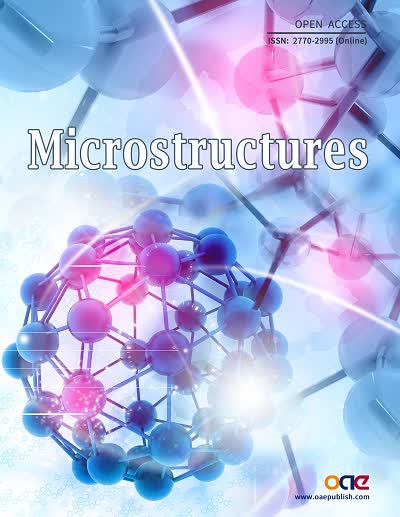












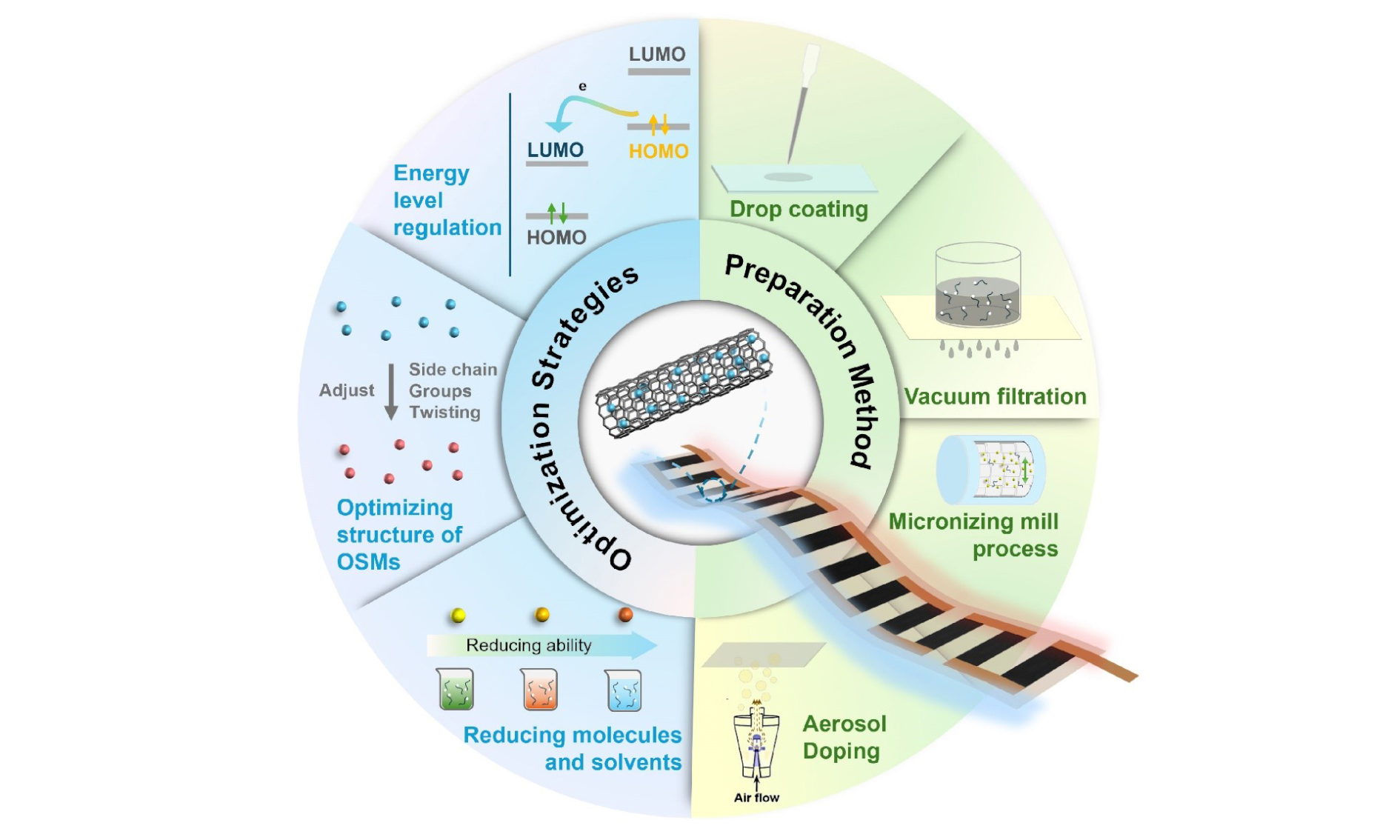


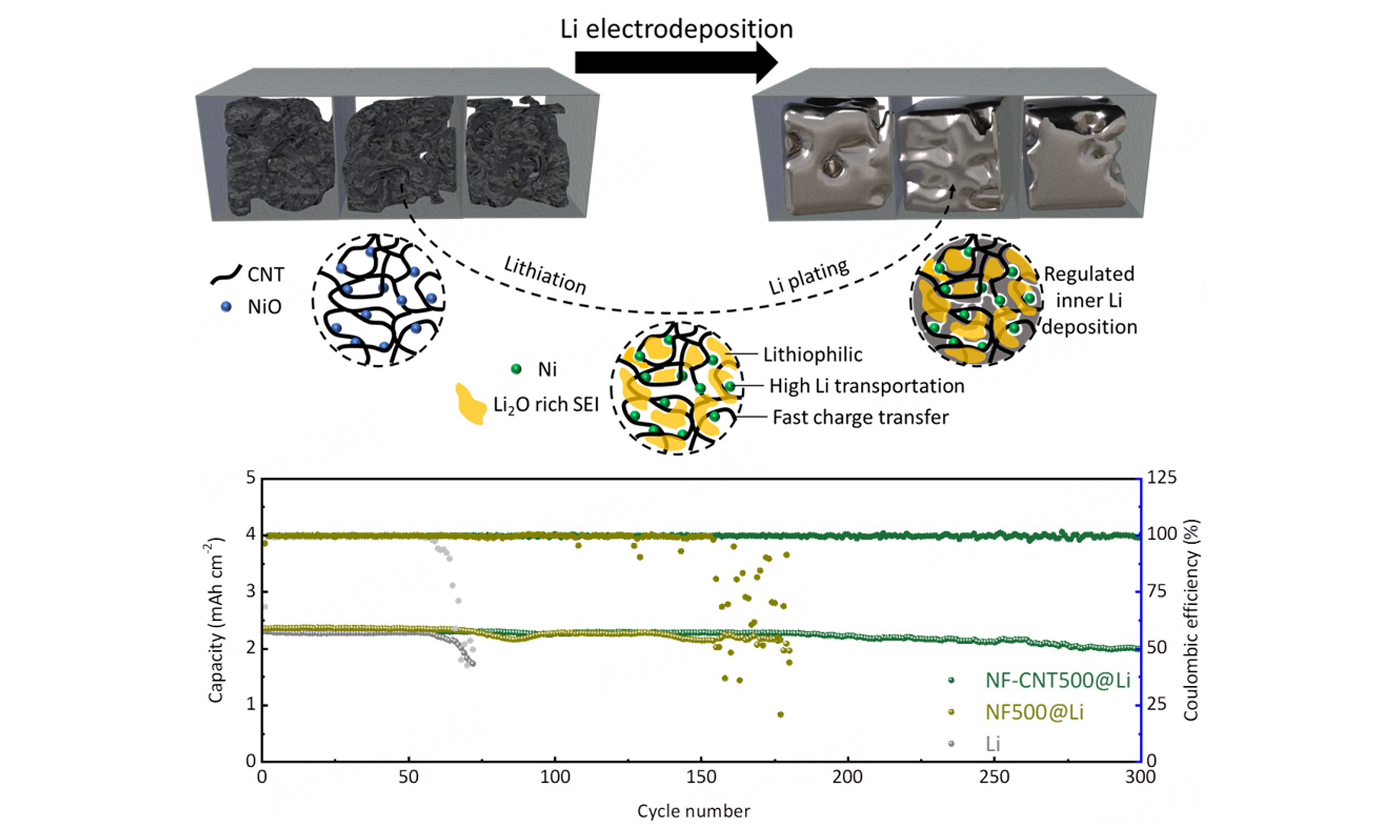
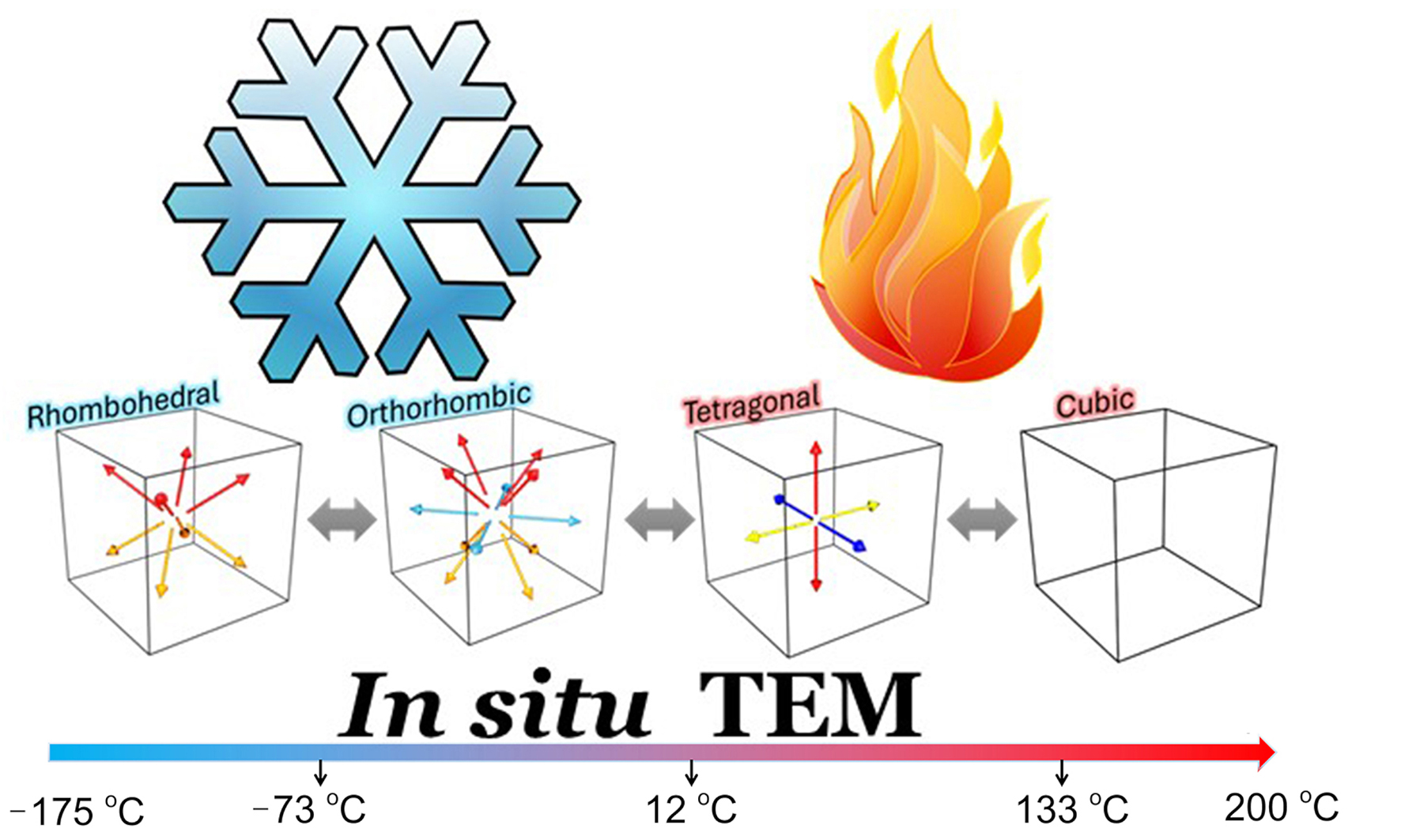
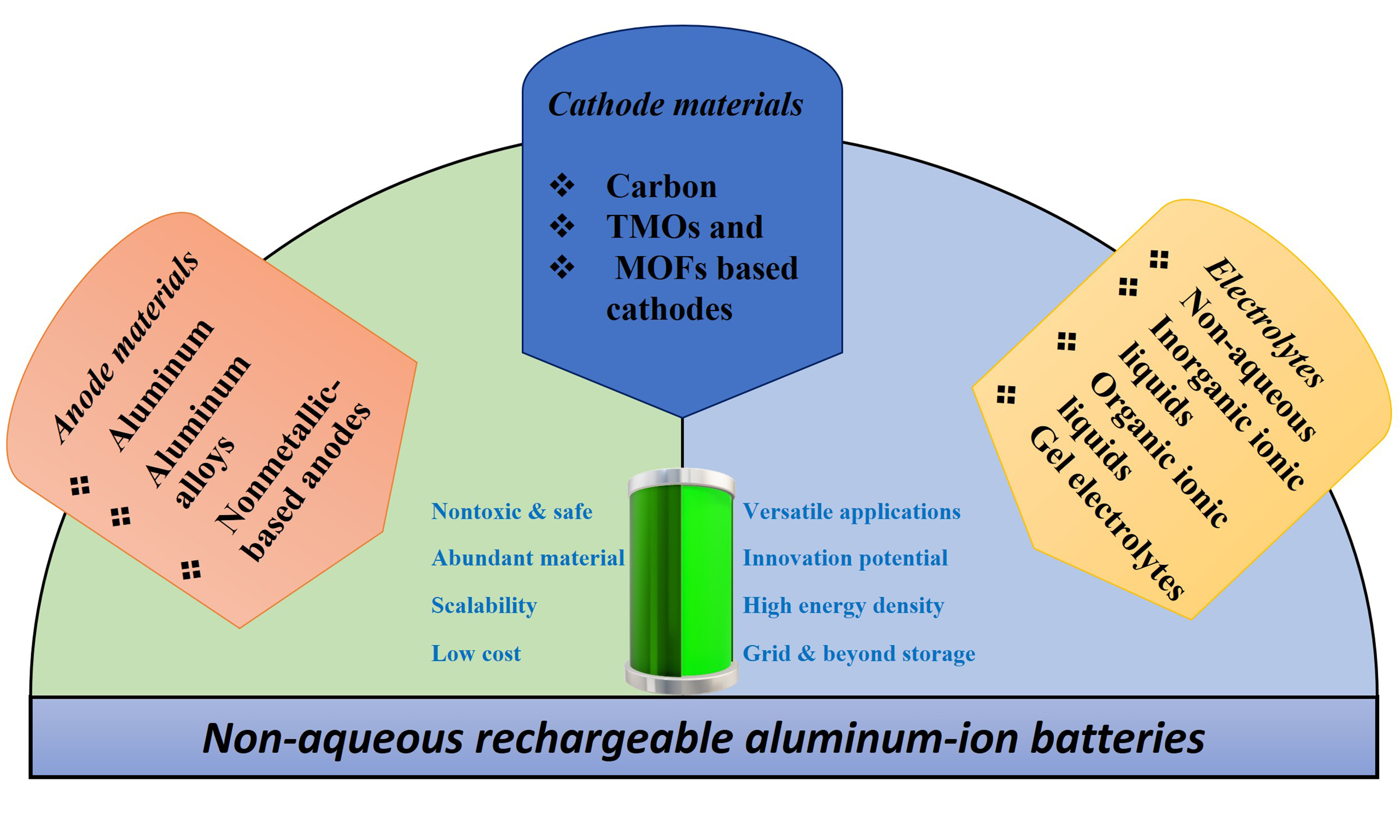
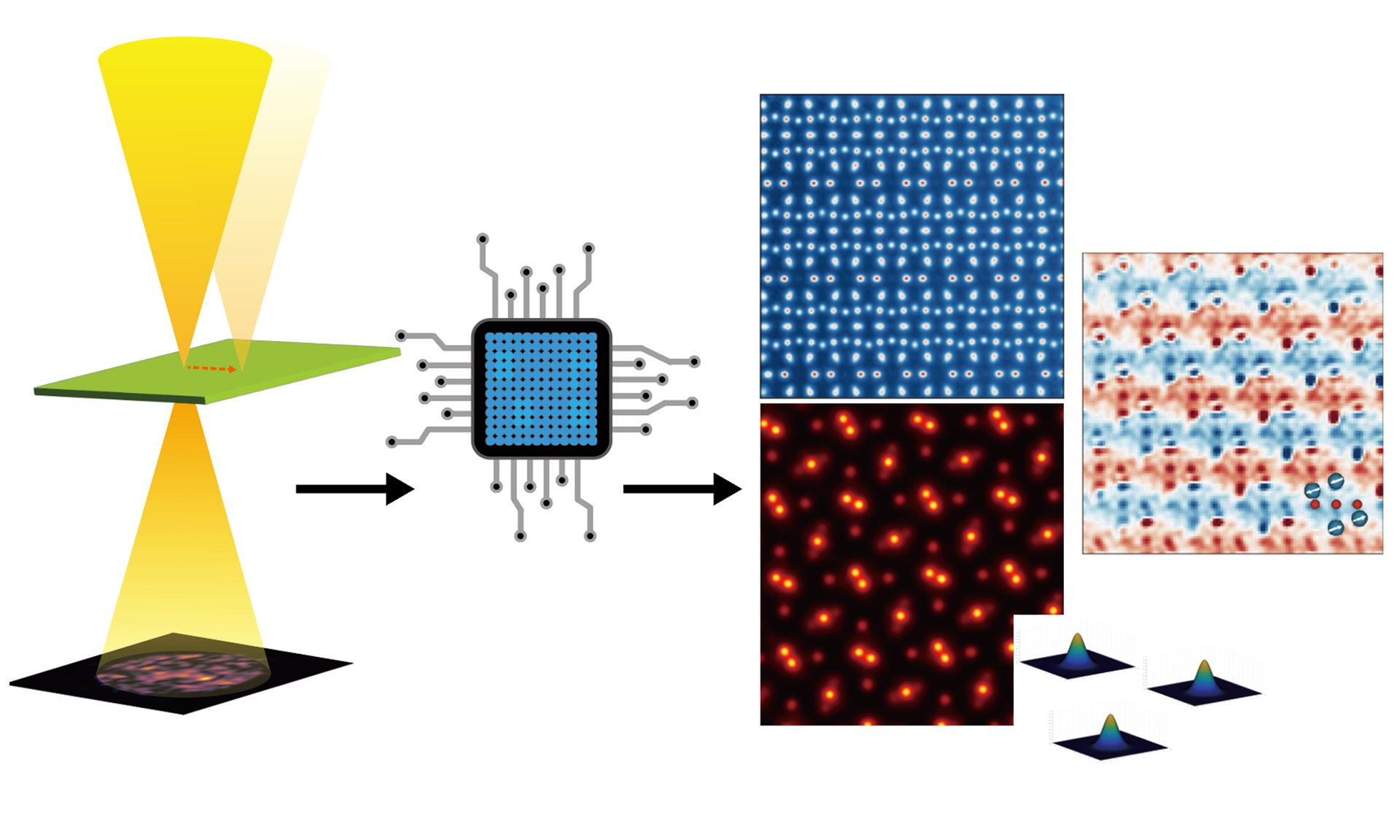

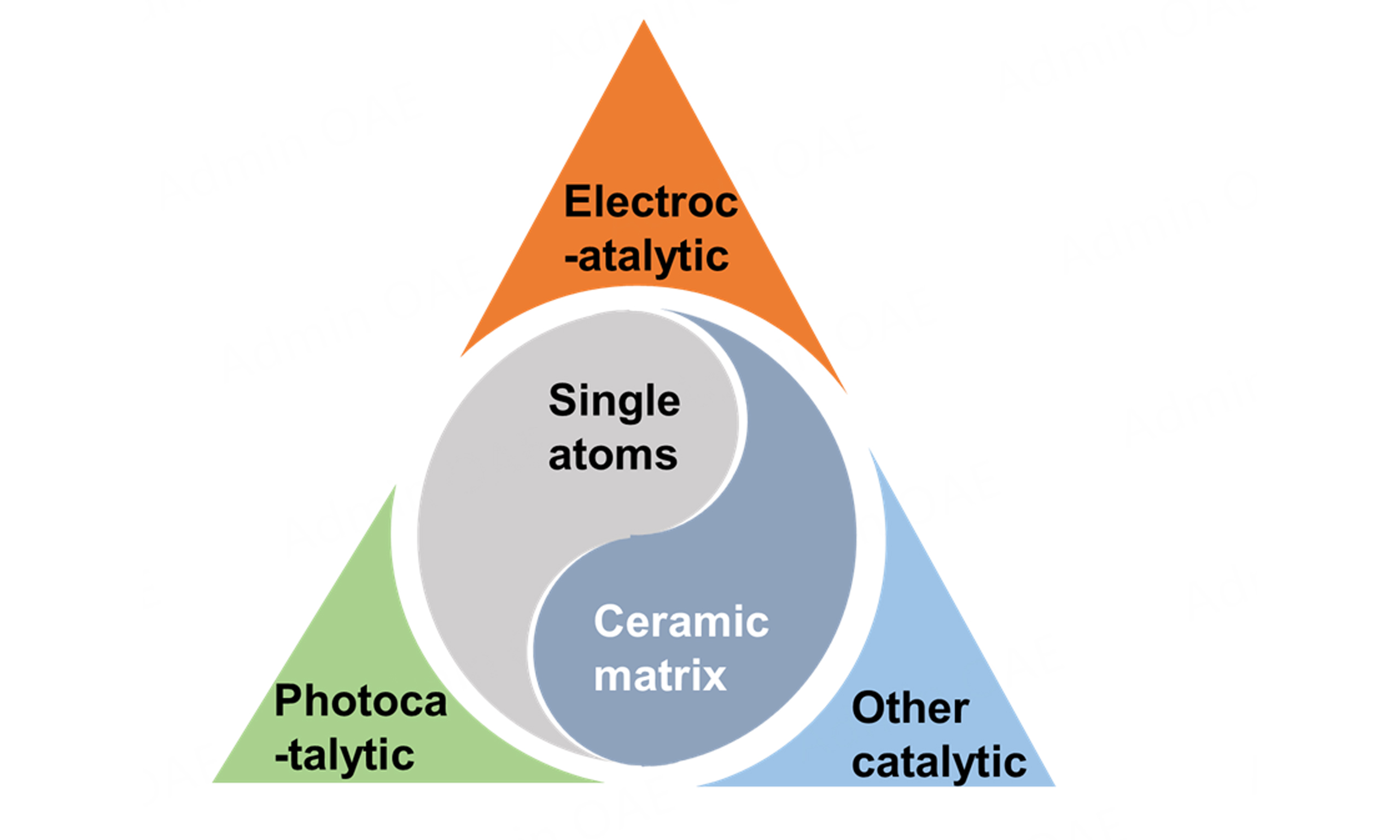
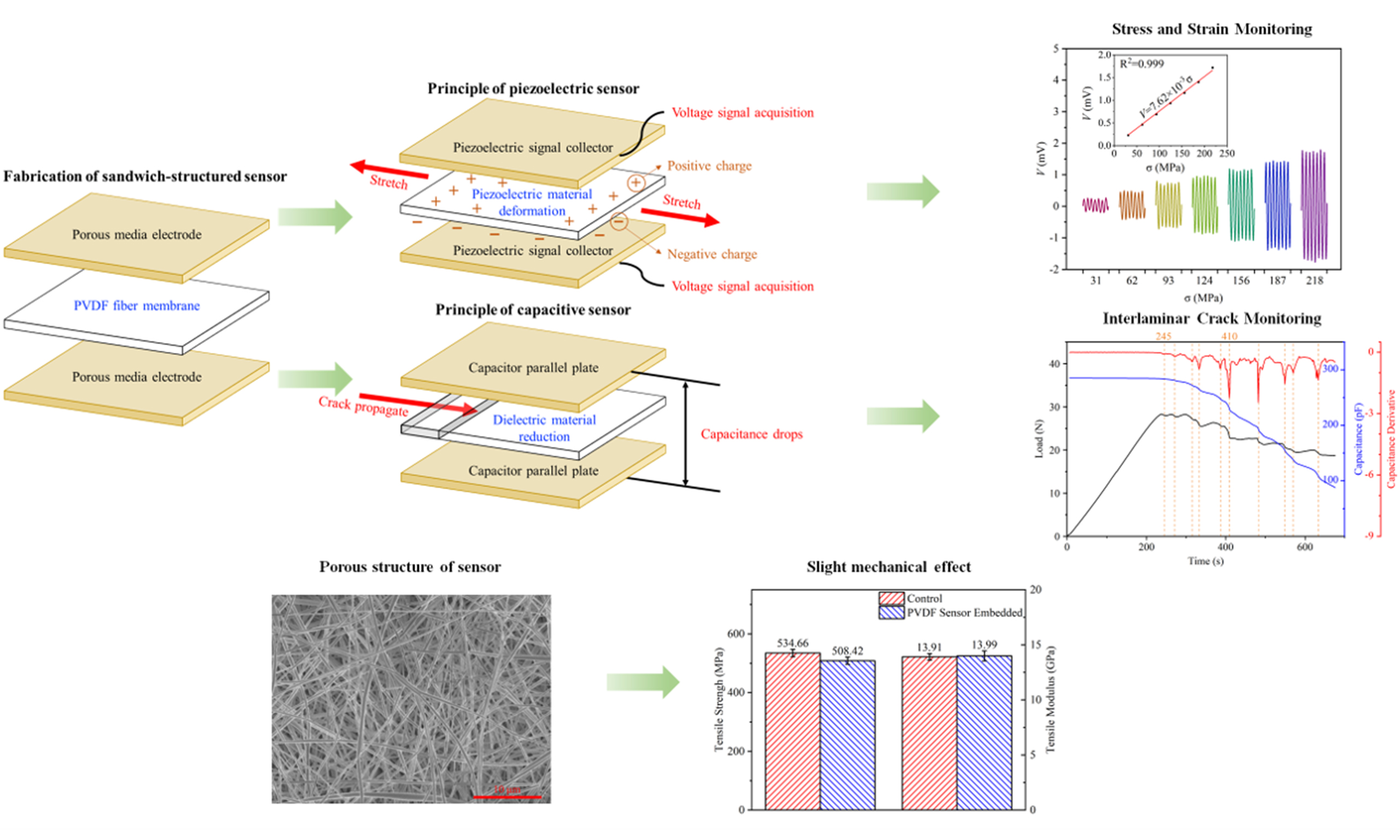





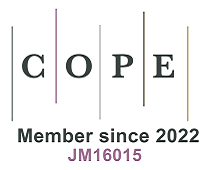








Comments
Comments must be written in English. Spam, offensive content, impersonation, and private information will not be permitted. If any comment is reported and identified as inappropriate content by OAE staff, the comment will be removed without notice. If you have any queries or need any help, please contact us at support@oaepublish.com.